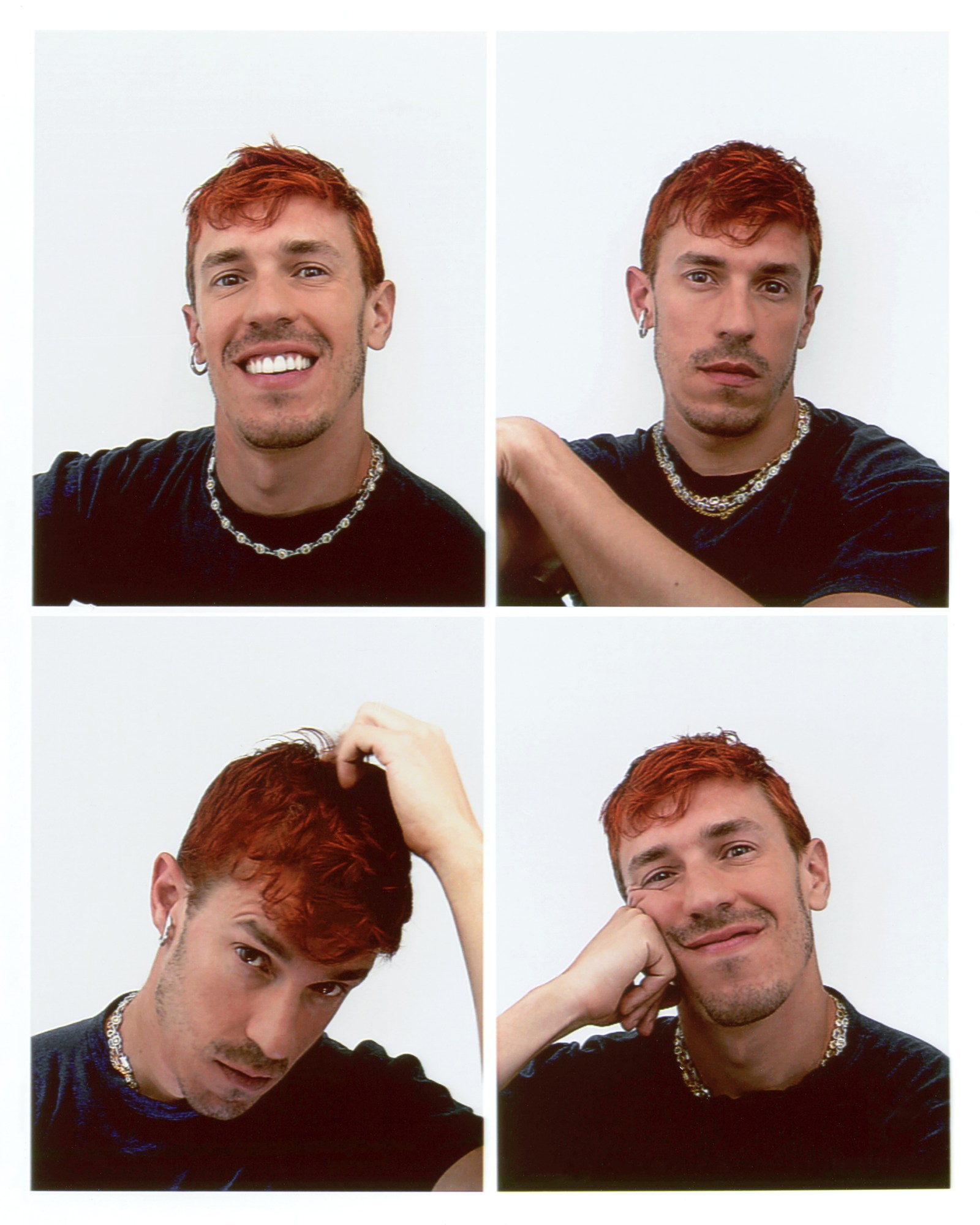When Giovanni Leonardo Bassan was 19, the photographer Matthew Stone stopped him in the streets of London and asked him if he would pose naked with Michèle Lamy. The concept for the shoot originally placed Bassan, then an architecture student, within a group of naked bodies surrounding Lamy and her daughter. But when he arrived on set, Bassan discovered that he would be the only model. “Where is the naked boy?” Lamy asked when she arrived. The trio posed, Bassan turned away from the camera, his then-ice blonde hair braided beautifully into Lamy’s dark locks.
This symbolic act bonded the pair, kickstarting a near 15-year-long relationship. She is “almost like a second mother to me,” Bassan, now an artist himself, says. When he was detained in Paris later that same year over a misunderstanding with his passport, Lamy let him stay with her before he returned to Milan. “Our friendship has been like a fairytale, a testament to openness and pushing boundaries.”
Drawn to his unique creative sensibility, she invited Bassan, who had moved to Milan from the Italian Dolomites, to move to Paris after his graduation in 2011, promptly offering him a research job with the Rick Owens furniture design team. Over a decade on, he oversees the creation of the brand’s famously monolithic, astronomically-priced beds, benches and chairs, hewn out of vast slabs of marble and jet black wood.
When he’s not doing his day job, Bassan spends nights in his own studio, producing the artworks that have found an avid following among curators and collectors over the past decade. It was Lamy who offered him his first workspace: a windowless room in the basement of her Parisian office. Since then, the artist has created mixed-media paintings in which ephemeral moments (party snaps, selfies, portraits of friends) are layered and re-layered into works dripping with personal candour. Technically speaking, these pieces borrow as much from the classical poise of Michelangelo and Donatello as they do from the spontaneity of Basquiat, or the radical, unconstrained materiality of Arte Povera. These contrasts create intriguing dialogues between perfectionism and rawness. “I paint things that are very dear to me,” he says, “so I add these layers of meaning to protect the intimate themes within the work. I use figuration to create abstraction.”
“The moment you share your work with the public is the moment the loop of creation closes.”
Bassan’s ceramics are a more recent endeavour. He picked up the craft in November 2020. He describes it as “a fresh challenge” and “a contrast to the instinctive approach I take to painting.” The pieces also nod to his family’s long history of furniture design, a legacy Bassan is proudly carrying on. “I love the idea of taking something from the ground, and turning it into something that is both delicate and strong all at once.” he says.
The resulting works, teetering totems waving with gnarled hands, grow from the floor-up at his latest show, Private Rooms, which ran at Sainte Anne gallery in Paris through the summer. The space Bassan created there emulated a set of established domestic codes: an open reception room downstairs, arranged with sculptural chairs, and a private inner sanctum upstairs, where visitors were encouraged to sit, relax and converse on a mattress upholstered with old military blankets and embroidered with abstract figures. “I wanted the public to treat the gallery like their own private space,” the designer explains, “and perhaps give life to the pieces through interaction. Bodily conversations.”
Rounding out Bassan’s creative triad, and reflecting the brasserie culture of the artist’s beloved Paris, is Katkoot, an artisanal wine-making project founded in 2018, in partnership with his brother Francesco, a sommelier. “It’s about merging wine with art,” he says. Wine bottles are cradled in sculptural bronze and copper bases, designed to be removed after drinking and given second lives as ashtrays or decorative vessels. “For me, the moment you share your work with the public is the moment the loop of creation closes,” Bassan says. In many ways, Katkoot perfectly encapsulates this creative approach. Intuitive, layered and social, it pulls together all facets of his practice, and encourages lively conversation between them to freely flow.
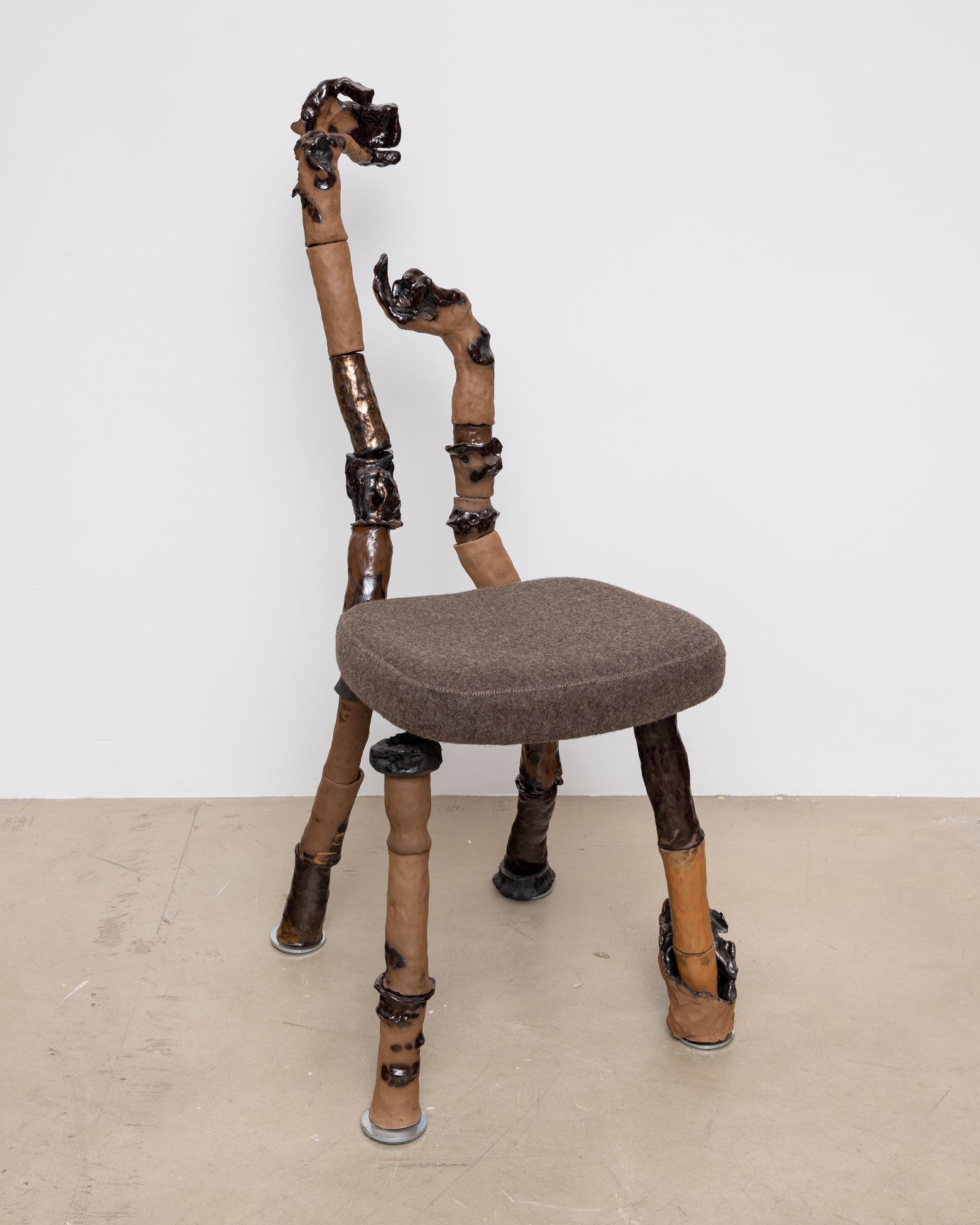
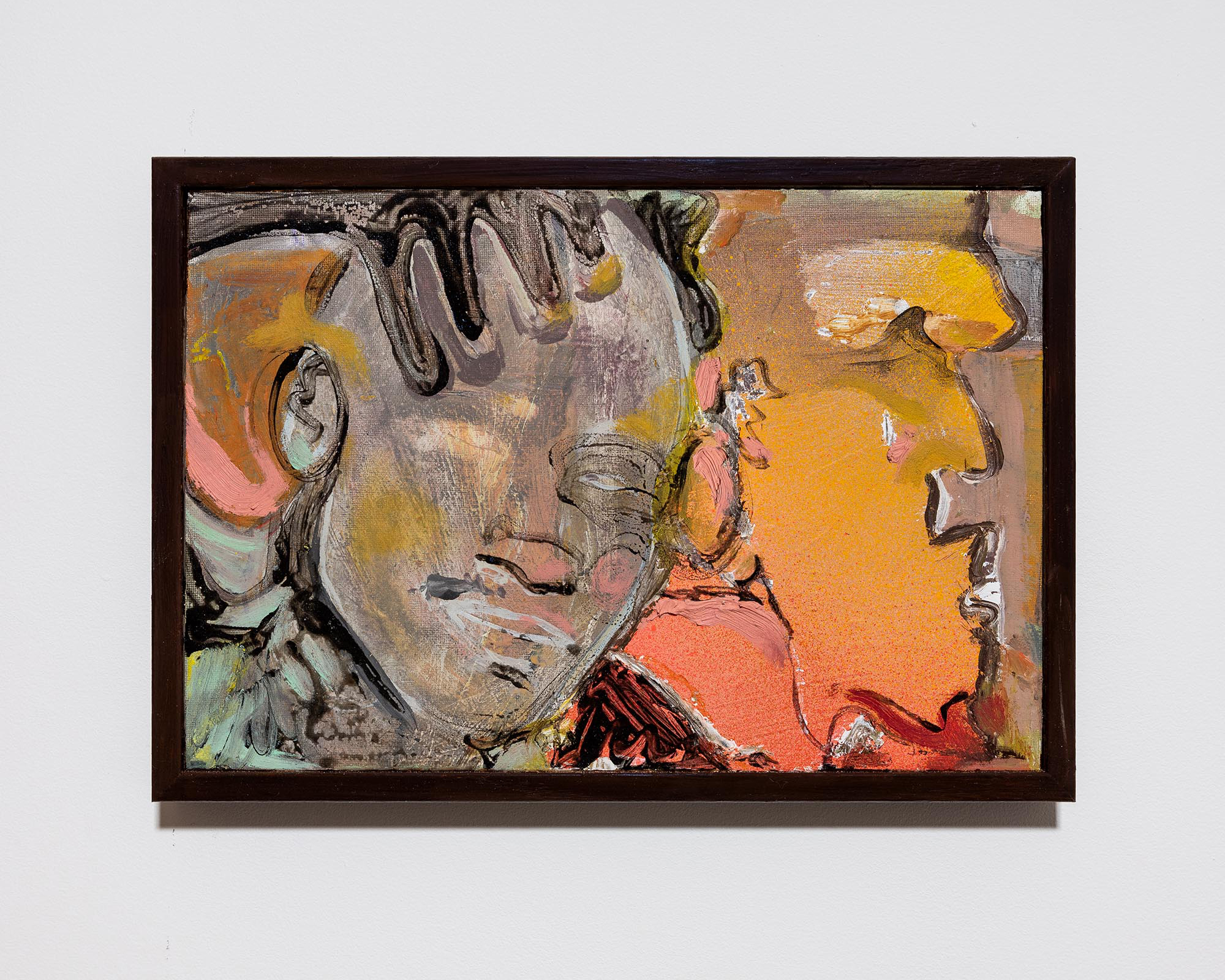
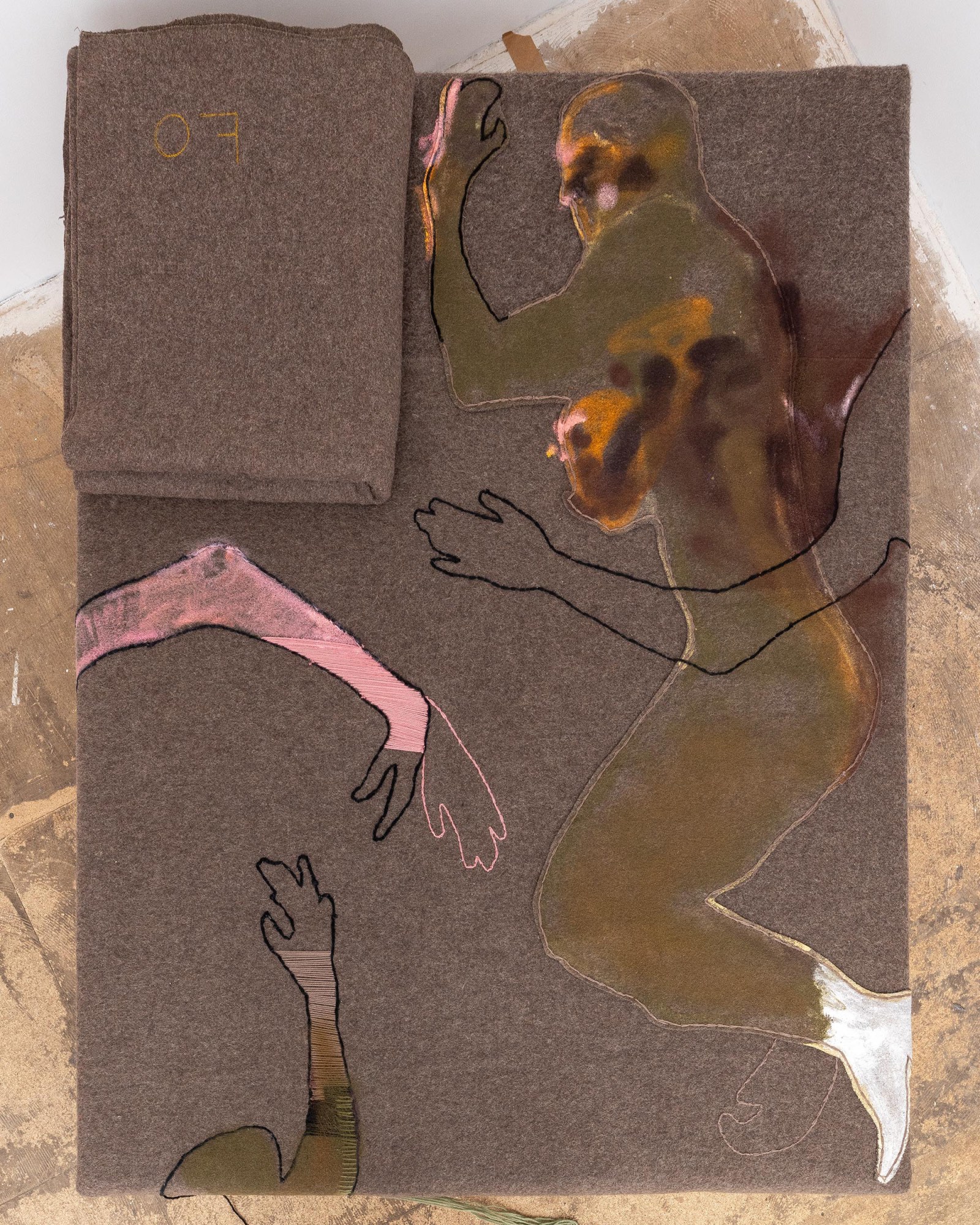
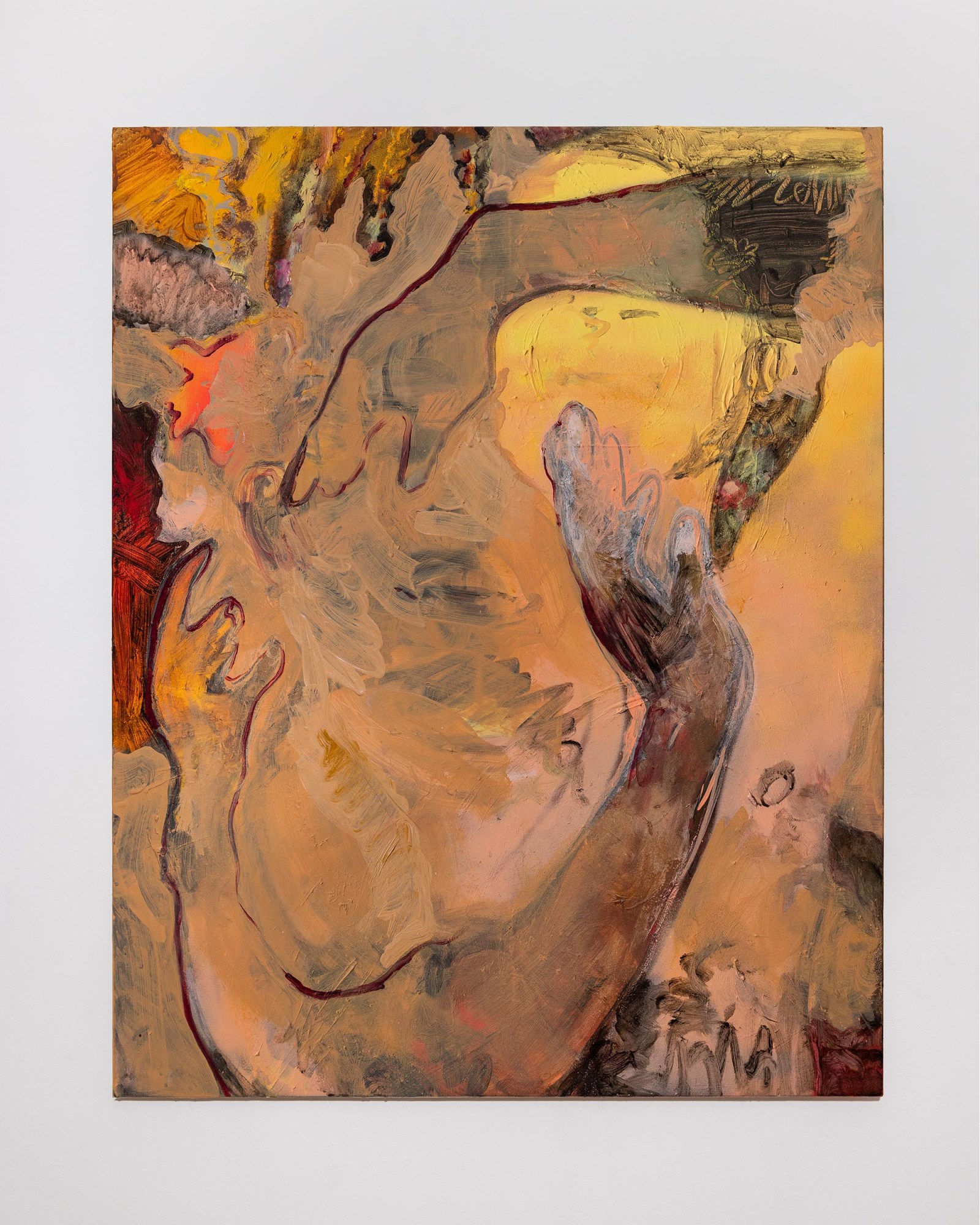




Words: Harald Smart
